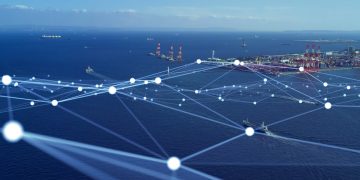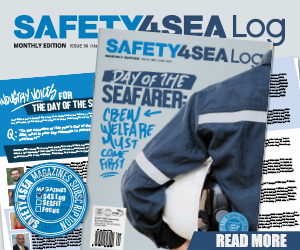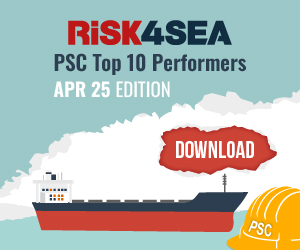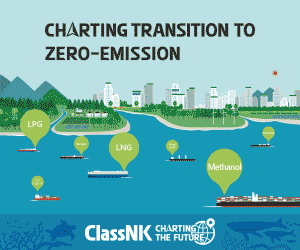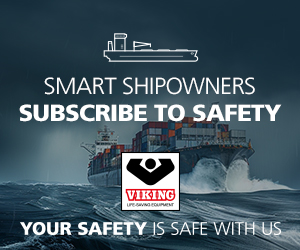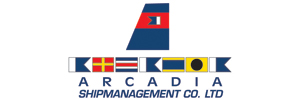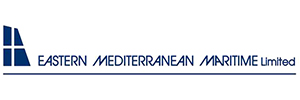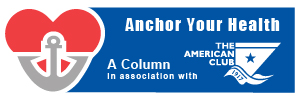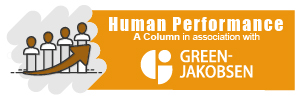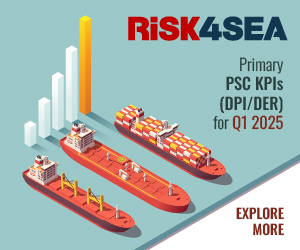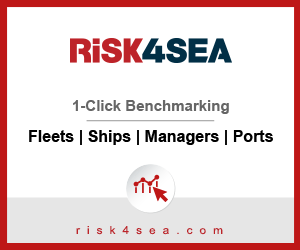Dr. Susanne Justesen, Director of Human Sustainability at the Global Maritime Forum, urges us to rethink our approach to safety by focusing on human sustainability—investing in people, their well-being, and their safety, while redesigning more appealing career paths.
The recently published Sustainable Crewing Guidelines, developed through the Global Maritime Forum’s Diversity@Sea pilot initiative, outline actionable recommendations for shipowners and operators to improve living and working conditions at sea, making them more inclusive and attractive to all. Dr. Justesen emphasizes the importance of taking these guidelines seriously, especially given the many challenges currently facing the maritime industry. Above all, decarbonization remains the most pressing issue. To meet this challenge, industry stakeholders must redesign maritime career paths and create attractive, future-ready working conditions for the next generation workforce.
SAFETY4SEA: How would you define human sustainability in the context of the maritime industry, and why is it critical today?
Susanne Justesen: Human sustainability is about making sure the maritime industry is safe, attractive and a sustainable career path. We see three big risks that the industry will need to address collaboratively, which are:
- Working conditions that are falling behind other industries
- Health and safety, in particular mental health and psychological safety at sea, where fatigue is a critical concern, and finally
- The attraction, retention and upskilling of enough maritime professionals to meet the needs of the global supply chains.
S4S: What are the biggest opportunities and challenges related to the human element in shipping’s decarbonization journey?
S.J.: Firstly, I think we need to move away from terminology like ‘human elements’, which almost implies that people are pawns we play with, rather than people we need to successfully keep our supply chains running, and even more importantly, to decarbonise shipping. The biggest challenge I see in this space is ensuring that we have the skills and talents we need. For instance, the decarbonisation journey will require a LOT of engineers (both at sea and onshore), and right now – we are struggling to compete with other sectors, a challenge we can only successfully address if we are willing to re-design career paths and working conditions for the future.
S4S: Are there any misconceptions about human sustainability in the maritime sector that you often find yourself needing to challenge?
S.J.: I think there is a tendency when we talk about safety in maritime to first think of the safety of the cargo, then the safety of the vessel, and only thereafter, the safety of the crew. But the vessel and the cargo will only be safe if the crew is safe, so we need to make this shift and be able to address the fatigue head-on. Crewing levels should not be defined by what is required by minimum law requirements, but rather by how many people are needed to man the ship safety 24/7 to ensure sustainable work/rest hours for instance.
S4S: In your view, what is the one thing seafarers need most onboard to experience meaningful, lasting change?
S.J.: We need to completely re-think our approach to safety, and we need to do it sooner rather than later. If people feel safe, from bullying and harassment, from fatigue and overwork, where their contracts are shaped around their needs for where they are in life, rather than one-size-fits-all, we can increase the sense of maritime belonging, where people feel they will want to stay in maritime because this is where they belong, where they are not seen merely as ‘pawns’ but as human beings that keep our supply chains running.
S4S: What initiatives related to diversity and inclusion would you like to see in the workplace onboard?
S.J.: With our recently published ‘sustainable crewing guidelines’, the Global Maritime Forum was able to recommend the actions owners and operators at sea can take to make living and working conditions inclusive and attractive to everyone. The guidelines are based on our almost three-year Diversity@Sea pilot initiative, working closely together with industry leaders and seafarers from more than 20 companies from across the maritime value chain. I would really like to see these guidelines implemented across the industry.
S4S: What emerging human sustainability issues/ trends do you foresee affecting the maritime sector over the next decade?
S.J.: Unless we make a concerted and collaborative effort as an industry to make living and working conditions at sea more attractive – to both existing and future generations of seafarers – we are not going to be able to compete with other industries and sectors for the talent we need. No campaign, not even the most expensive or global one, will be able to.
S4S: Are there any new projects or developments in your human sustainability programme that you would like to share with the industry?
S.J.: We are in the process right now of developing a new ambition for the All Aboard Alliance that outlines what good looks like by 2030 when it comes to human sustainability in the maritime industry. The new ambition aims to present a set of tangible, aspirational and (hopefully) feasible goals, which we will be tracking the progress of annually between the launch of the strategy and 2030.
S4S: What key message would you like to send to maritime stakeholders to help embed human sustainability across their organizations and the wider industry?
S.J.: Human sustainability is not a ‘nice to have’— it’s a business imperative. Without investing in people, their well-being, their safety, and redesigning for more appealing career paths, we risk losing the very workforce that keeps global trade afloat. We need to move from passive awareness of the importance of seafarer well-being and the risks of seafarer fatigue to active accountability, and redesign conditions to reflect modern expectations.
The views presented hereabove are only those of the author and do not necessarily reflect those of SAFETY4SEA and are for information sharing and discussion purposes only.



















